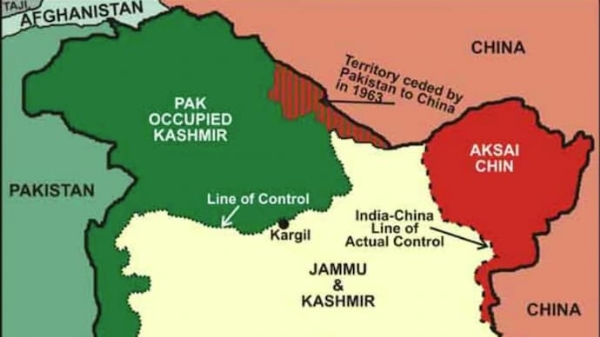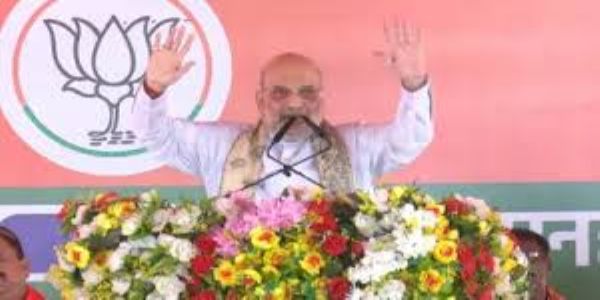

Kolkata, 02 November (H.S.): As November arrives, focus once again shifts to the 1962 India-China war, a conflict that continues to shape the geopolitics of the Himalayas even after six decades. Although widely believed to have erupted over boundary disagreements, researchers now argue the war’s deeper cause lay in Beijing’s growing insecurity over Tibet and the belief that India was challenging Chinese sovereignty there. Despite the narrative of a crushing Indian defeat dominating global perception, military historians highlight that Indian forces inflicted significant damage on the People’s Liberation Army. However, limited media capacity at the time and calculated messaging by the United States helped amplify the idea that India had been decisively overwhelmed.
Experts state that tensions steadily escalated after the 1959 Tibetan uprising, when the 14th Dalai Lama fled to India and was granted asylum on humanitarian grounds. Beijing interpreted this as a direct provocation. China accused foreign powers, particularly the United States, of fomenting rebellion through covert support to Tibetan fighters. The CIA reportedly provided arms, equipment, and training between 1957 and 1961. Although India was not directly involved, Chinese leaders insisted such activities could not have occurred without New Delhi’s tacit approval. Senior strategist Deng Xiaoping blamed Jawaharlal Nehru for destabilizing Tibet, warning China would respond when the moment was right.
For Mao Zedong, maintaining control over Tibet was central to China’s national security and its resistance to what he viewed as Western encirclement. The Indian government’s asylum to the Dalai Lama was therefore seen as a geopolitical challenge, and by mid-1959 the Chinese Communist Party’s propaganda openly targeted New Delhi. Border confrontations soon followed, including a major skirmish at Longju in August 1959. India’s appeal to the Soviet Union for mediation only widened the ideological divide between Moscow and Beijing, further heightening China’s strategic anxiety.
In 1961, India implemented the Forward Policy to assert its administrative presence in remote border regions. While New Delhi intended it as a defensive measure, Beijing viewed it as an extension of anti-China operations linked to Tibet. Mao had already declared that China would strike only with a justified pretext, and by 1962 Beijing claimed to have found that justification.
Hostilities broke out on 20 October 1962, with China launching simultaneous attacks from Ladakh to the North-East Frontier Agency. By 20 November, Beijing announced a unilateral ceasefire and withdrew, leaving India shaken and distrust deeply embedded in bilateral ties. Subsequent assessments, however, revealed that Chinese forces suffered heavy casualties and far fiercer resistance than international narratives acknowledged. Analysts argue that at the height of the Cold War, the United States sought to limit India’s growing regional influence, and global messaging played a role in framing the outcome as an unquestionable Chinese victory.
Scholars underline that the roots of the dispute remain unchanged even today. While border maps and military positions dominate public debate, the underlying conflict continues to revolve around Tibet and Beijing’s belief that India retains the power to influence Tibetan affairs. As one expert remarks, the 1962 war originated from China’s insecurity over Tibet, and unless that insecurity is resolved, the Himalayan frontier will remain unsettled.
Tensions may shift along mountain ridges and passes, but decades later, the core of Beijing’s anxiety remains exactly where the conflict first began — on the roof of the world.
Hindusthan Samachar / Satya Prakash Singh








